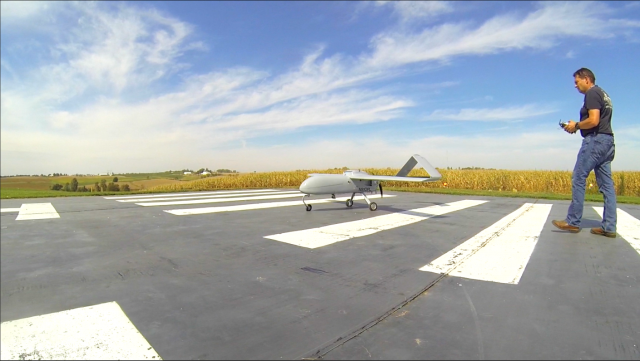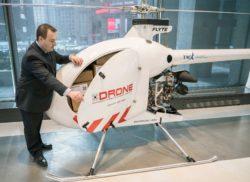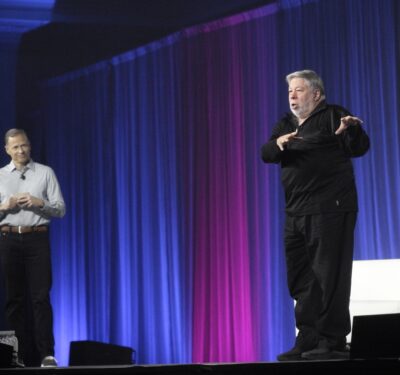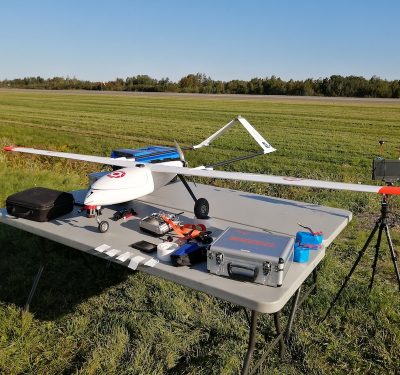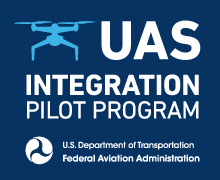The University of Iowa’s Operator Performance Laboratory (OPL) is working with Rockwell Collins to do just that: make it possible for unmanned aircraft systems (UAS)—more commonly known as drones—to behave autonomously should they lose radio contact with their operators. That means the UAS won’t collide or interfere with manned aircraft and will make it possible for manned and unmanned aircraft to coexist in the same airspace. “In 2015, the work we have done with the OPL was mostly about getting Rockwell Collins the flying capability to safely and legally launch [UAS],” says Alex Postnikov, a researcher in the Advanced Technology Center at Rockwell Collins. “The next two to three years are going to be very exciting.
“So far, everything we’ve done is about how you physically control the aircraft, how you certify, how does it end up in the national air space?” he says. “That’s all great. But what if the aircraft needs to make a decision? What makes it autonomous is the ability to complete a flight safely when it doesn’t have all the information available before takeoff. It has to make decisions based on what happens in the real world, even when human help is not immediately available.”


